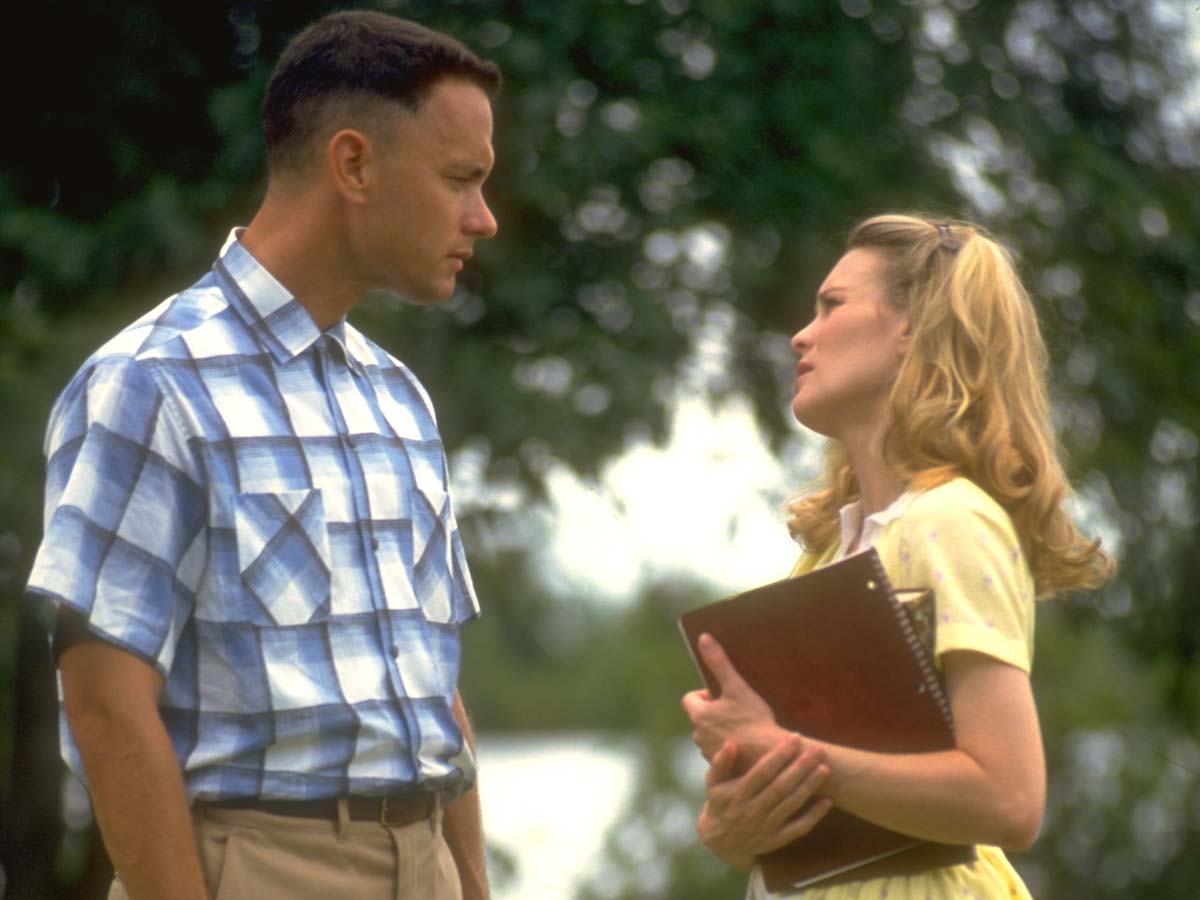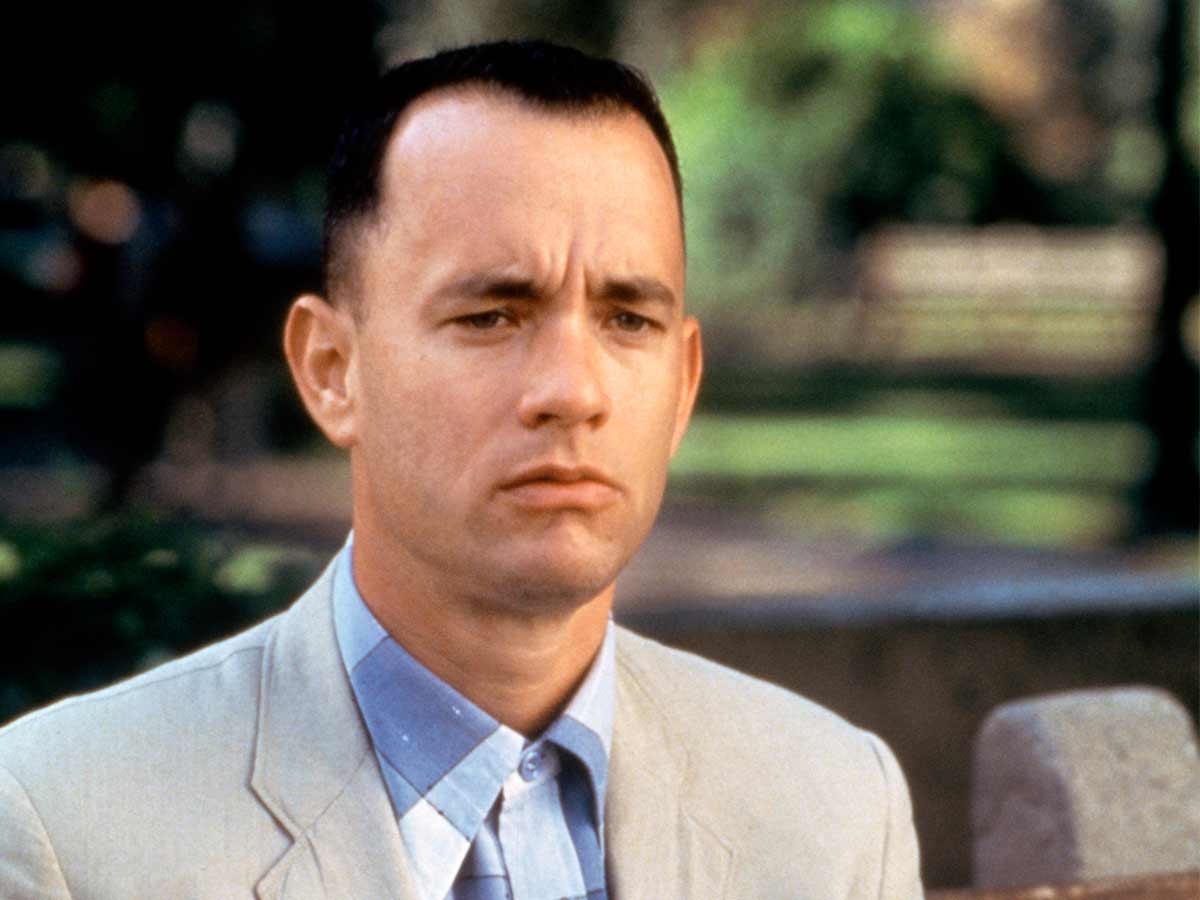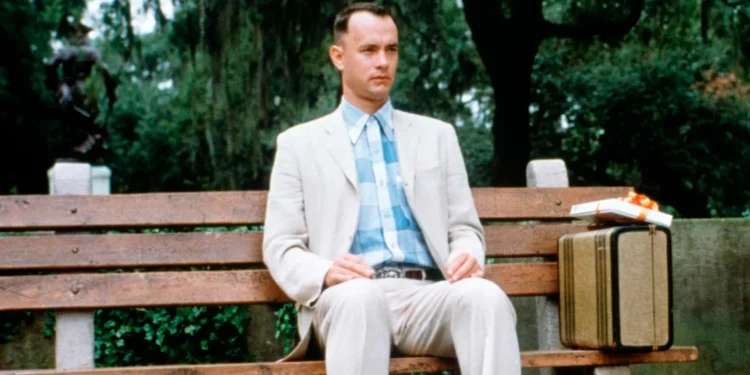Forrest Gump, the film that famously equated life to a “box of chocolates,” not only captivated audiences with its on-screen charm but also presented a saga of production hurdles and studio negotiations that shaped its path to success. Tom Hanks’s portrayal of the eponymous character in the 1994 cinematic masterpiece directed by Robert Zemeckis not only moved souls but also weathered significant behind-the-scenes storms.
The Production Battleground of Forrest Gump
The creation of Forrest Gump was anything but straightforward. Originally caught in a tangle of studio politics and intellectual property rights, the film’s journey from script to screen was fraught with challenges. Paramount Pictures and Warner Bros. initially clashed over the rights, with the project eventually landing under the purview of Paramount, thanks to Sherry Lansing’s determination.
The challenges didn’t stop there. The search for a director saw several notable names come and go, including Barry Sonnenfeld and Penny Marshall, and casting proved just as problematic. High-profile actors like Jodie Foster and Dave Chappelle declined roles in the film, compounding the pre-production issues.

However, the most significant hurdle emerged just as filming was about to commence. With an initial budget earmarked at $40 million, unforeseen demands threatened to derail the production. The studio demanded cuts, forcing Zemeckis and Hanks into a corner. “We were 48 hours from turning on the camera and we got these calls saying, ‘Figure out a way to slash $5 million or $10 million out of the budget or we’re shutting the show down,'” Zemeckis recounted in an interview with Den of Geek.
Strategic Compromises Lead to Unprecedented Success
Faced with potential cancellation, Zemeckis and Hanks made a bold decision. They agreed to slash their salaries by 50% in return for a share of the film’s profits. This gamble not only kept the project alive but also paid off spectacularly. Forrest Gump went on to gross over $678 million worldwide, making it one of the most profitable films of the time. Both Hanks and Zemeckis earned $40 million each, a far cry from their reduced salaries, due to the film’s immense success.

Tom Hanks’s Enduring Legacy in Hollywood
Beyond the financial triumphs and production sagas, Forrest Gump solidified Tom Hanks’s status as a Hollywood luminary.
Transitioning from comedic roles in the 1980s to more serious, award-winning performances in the 1990s, Hanks’s career trajectory was as remarkable as his character’s adventures through American history. His roles in Philadelphia, Apollo 13, and Saving Private Ryan further established him as a versatile powerhouse capable of drawing both critical acclaim and audience admiration.
Forrest Gump’s legacy extends beyond its box office success, illustrating the resilience and creativity required to bring such a monumental film to life. For Hanks, Zemeckis, and everyone involved, the film was more than just a project; it was a testament to the art of filmmaking and the indomitable spirit of those who create it.









